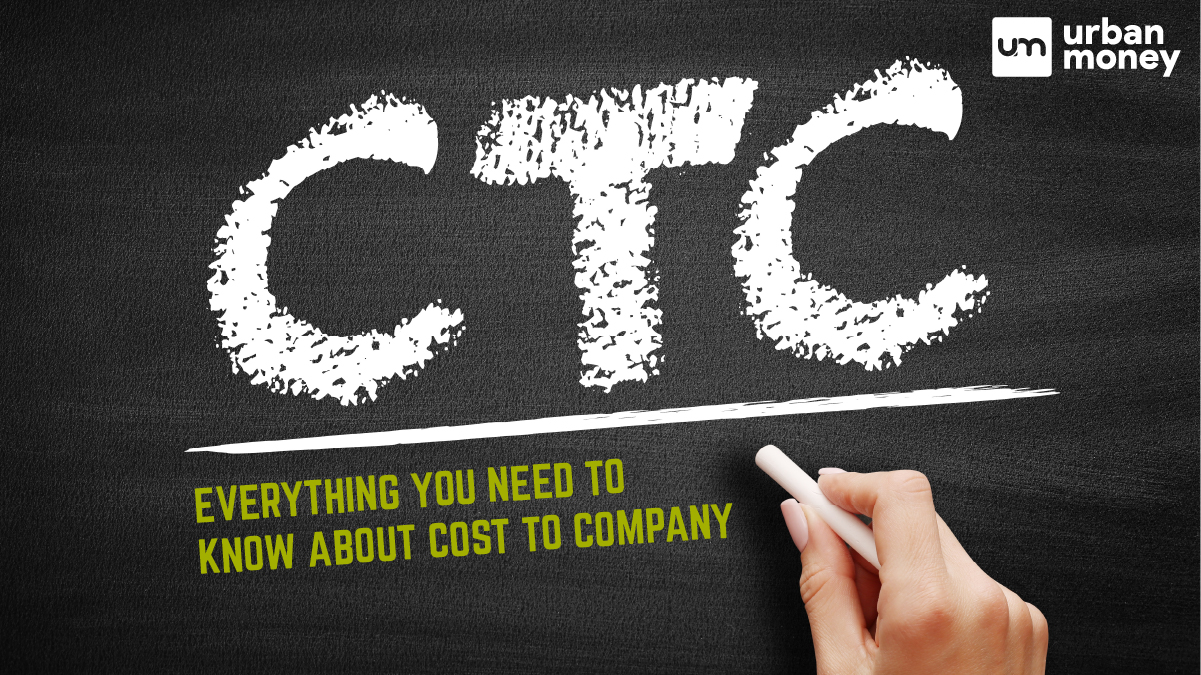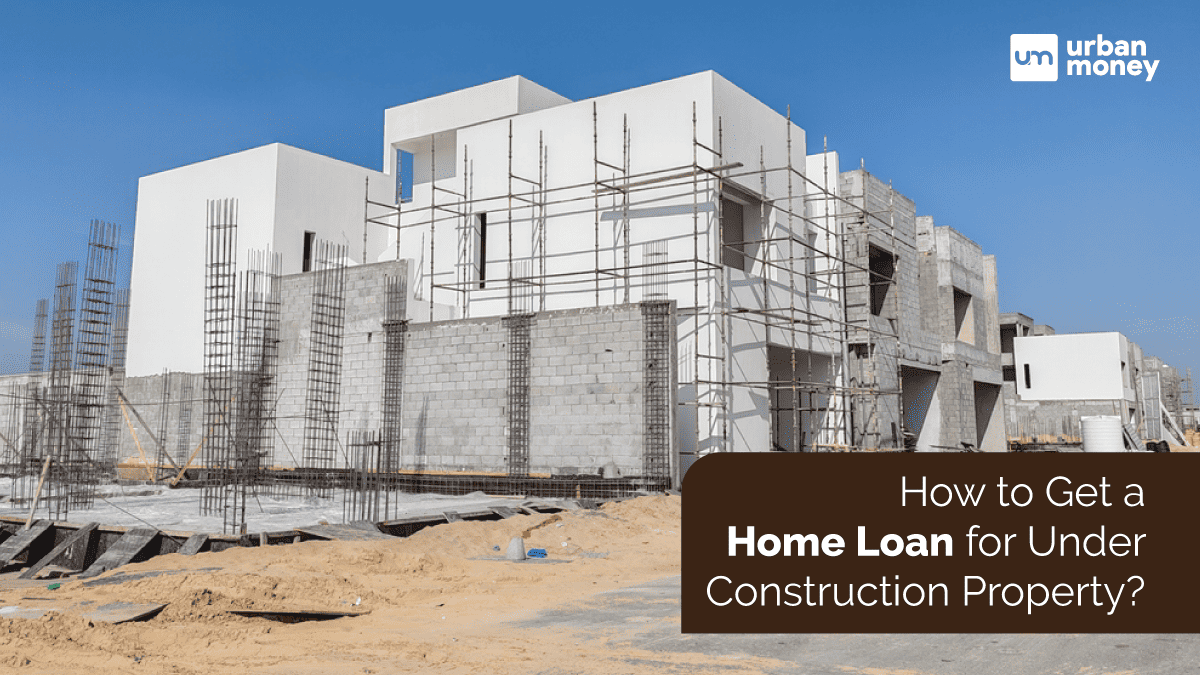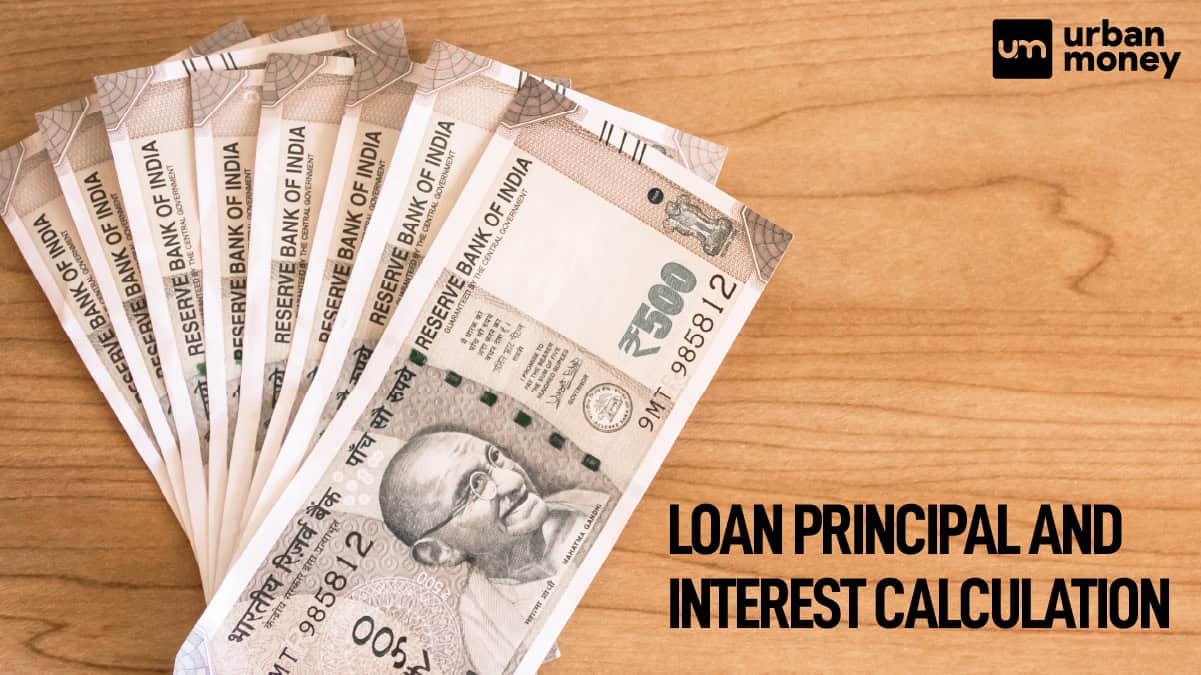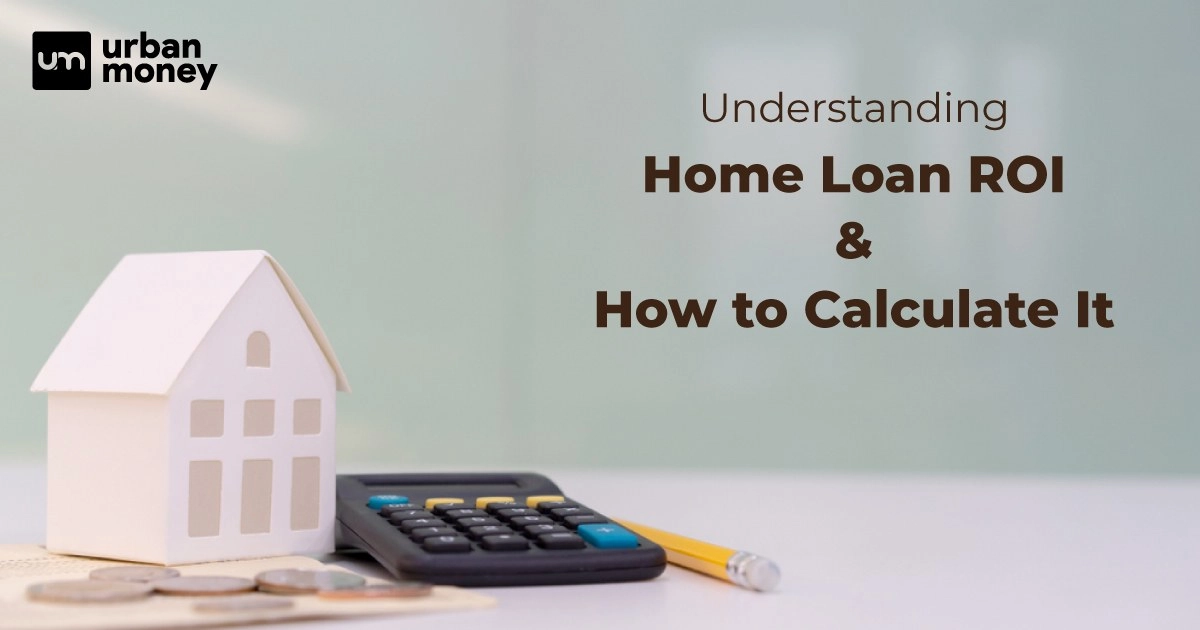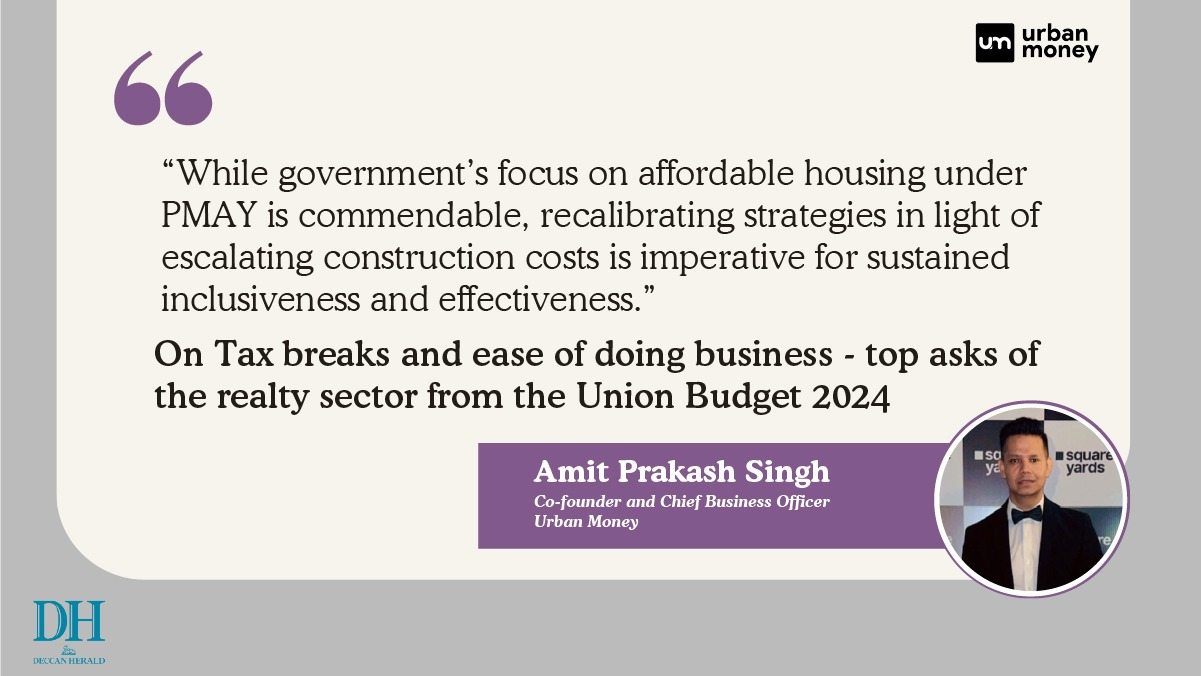Top 10 Best Private Banks in India List 2025
January 09, 2025
Home Loan Archive | Home Loan vs Construction Loan : Key Differences

March 21, 2025
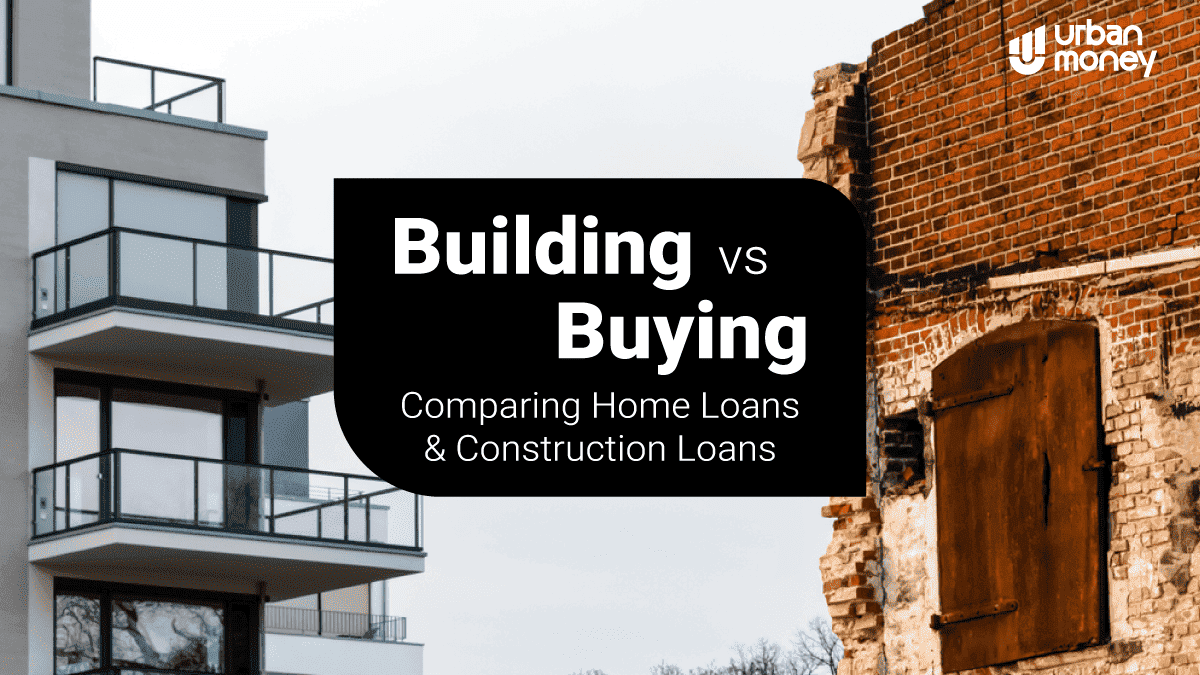

Loans are pivotal in business strategy, allowing you to leverage financial resources to expand and diversify your portfolio. In real estate development, using loans isn’t just about the necessity of capital. It’s about optimising cash flow management and enhancing the potential for project scalability.
A home loan or mortgage is primarily used to purchase an existing home and usually involves a long-term agreement lasting up to thirty years. Serving as collateral, the property offers stability through predictable fixed or adjustable interest rates.
On the other hand, a construction loan is tailored to finance a property’s construction or significant renovation. Money is given in parts as the project reaches specific goals. Borrowers usually pay interest only on the amount used until the project is finished. Upon project completion, the loan may transition into a standard mortgage.
Now, let’s move on to understanding the concepts of home and construction loans in detail. All so that you can make informed and confident decisions.
Table of Contents
ToggleA home loan, or a mortgage, is primarily used by individuals or families to purchase an existing residential property. For example, when buying a house in Mumbai that costs ₹50 lahks, you could pay a down payment of 20% (₹10 lakhs) and borrow the rest, ₹40 lakhs, with a home loan. These loans usually last a long time, often up to 30 years, and the property acts as security until the loan is completely paid off.
On the other hand, a construction loan is specifically designed to fund construction or significant renovation. Developers or homeowners building a new house or commercial property from scratch use this type of loan. For instance, a developer wants to make a multi-story apartment in Bangalore, costing around ₹10 crore. He might apply for a construction loan to help pay for most expenses.
Since construction loans are considered higher risk, they often have shorter terms and higher interest rates than home loans. Depending on how far along the construction is, money from construction loans is released in parts. After the building is completed and ready for people to move in, the loan might need to be converted into a regular mortgage.
A home loan is typically used to purchase an already existing property. For instance, if you’re looking to buy a home in Pune for ₹60 lakh, you will probably need a home loan to help pay for most of it after making a down payment. A home loan is paid out in one large sum to the seller, and you will start to repay this amount plus interest over a period that can last up to 30 years. This type of loan is secured by the property itself, which means the property acts as collateral.
In contrast, a construction loan is used to finance the building of a new property or extensive renovations to an existing property. For example, a construction loan would be appropriate if you’re developing a commercial complex estimated to cost ₹15 crore. This loan stands out because it is given in parts based on how the construction project advances rather than all at once. Payments, or draws, are made to the contractor as each phase of the building process is completed and inspected. Since there is more risk with unfinished projects, construction loans tend to have higher interest rates and shorter repayment periods than home loans. Once the construction is completed, these loans are often converted into a standard mortgage.
Grasping the eligibility requirements of home vs construction loans is crucial for real estate financing. Here’s a look at the main requirements for each type of loan, highlighting the differences between home loans and construction loans and similarities:
| Criteria | Home Loans | Construction Loans |
| Age | 18 to 65 years at loan maturity | It’s the same as a home loan. |
| Income Level | The minimum annual income is typically ₹3 lakh or more. | Similar requirements are tailored to the scale of the construction. |
| Employment Stability |
|
Similar, with a focus on stability to manage project finances. |
| Credit Score | Preferably 750 or above | Preferably 750 or above, more critical due to higher risk |
| Debt-to-Income Ratio | Preferably under 40-50%. | Preferably under 45%. |
| Property Value and Legal Check | The property must be legally clear and technically sound. | In-depth evaluation of property and project feasibility. |
| Down Payment | Typically, 10-20% of the property’s cost. | Higher, often 20-30%, due to greater project risks. |
| Project Feasibility and Plan | Not applicable to home loans. | A detailed project plan, timeline, budget, and blueprints are required. |
| Builder’s Qualification | Not applicable to home loans. | Builders must be licensed and have a solid track record. |
| Property and Project Appraisal | Property appraisal for value and legality | Appraisal of land and future project value |
| Experience in Development | Not typically required for home loans. | It is often needed, especially for larger projects. |
Getting the gist of interest rates and repayment options for home loans can help you plan your finances effectively. Construction loans come with specific interest rates and repayment options that suit the different stages of building. Here’s a breakdown to guide you through:
| Features | Home Loans | Construction Loans |
| Interest Rates |
|
Higher Risk: Generally, 8%—11%, these rates are usually floating rates tied to the lender’s benchmark and can vary with market conditions. |
| Repayment Options |
|
|
Taking advantage of tax benefits and grasping the effects of a home loan can boost your financial strategy as a real estate investor and developer. Real estate investors and developers can gain significant tax benefits from a construction loan. Here’s a concise breakdown of the key points:
| Tax Benefit | Home Loan | Construction Loan |
| Deduction on Interest Paid | Section 24: Up to ₹2 lakh for self-occupied properties. No cap for let-out properties. |
|
| Deduction on Principal Repayment | Section 80C: Up to ₹1.5 lakh annually, within the overall cap of the section. | Post-Construction: Eligible under Section 80C up to ₹1.5 lakh annually once construction is completed. |
| Additional Deduction for First-Time Homeowners | Section 80EE: Extra deduction on interest up to ₹50,000 annually for loans up to ₹35 lakhs and property value not exceeding ₹50 lakhs. | It is not applicable directly during construction; it applies post-construction for the first home under similar conditions. |
| Deduction for Joint Home Loan | Deductions can be claimed separately by co-borrowers/co-owners, provided they are contributing to the loan repayment. | Same as a home loan, co-borrowers can claim separately if contributing to repayment. |
| Pre-construction Interest | The deductible in five equal instalments starting from the year construction is completed, up to ₹2 lakh per year under Section 24. | Interest during the construction phase is treated similarly; deductible in five equal instalments starting from the year construction is completed. |
| Stamp Duty and Registration Charges | Section 80C: Deductible in the year these expenses are incurred. | Not directly applicable to construction loans unless part of the overall cost post-construction. |
| GST Implications | Not applicable. | Subject to compliance and proper documentation, an Input Tax Credit (ITC) on GST paid can be claimed, which can offset GST liabilities on future sales or rentals. |
| Pre-EMI Interest | Not applicable. | Pre-EMI interest paid before the start of standard EMI payments is deductible, similar to pre-construction interest in home loans. |
Getting your documents in order can help the home loan application go more smoothly. To obtain a construction loan, you must submit specific documents that prove your financial stability and the project’s viability. Here’s a straightforward breakdown of the typical document requirements:
| Document Type | Home Loan Requirements | Construction Loan Requirements |
| Proof of Identity and Age |
|
It is the same as a home loan |
| Proof of Residence |
|
It is the same as a home loan |
| Income Proof |
|
Similar requirements emphasise financial stability and continuity |
| Bank Statements | The last 6 months’ statements to show financial habits and responsibilities. | The same requirement to assess the financial health |
| Property Documents |
|
|
| Credit Report | May be required to check credit score and lending risk | Needed to assess creditworthiness and loan terms |
| Investment Proof | Documents of other investments or fixed assets | Similar requirements to show financial health |
| Photographs | Recent passport-sized photos | Required as part of the application process |
| Additional Documents | For NRIs:
|
Additional financial documents like information on other loans |
| Builder Details and Legal Compliance | Not applicable. | Builder’s credentials, licenses, project-related agreements, building permits, GST registration |
Processing fees for home loans matter because they affect the total amount you pay. Here’s a clear and straightforward breakdown:
| Aspect | Home Loans | Construction Loans |
| Typical Fee Range | 0.25% to 1% of the loan amount (e.g., ₹12,500-₹50,000 for ₹50 lakh). | Usually, 0.5%-1% varies based on project complexity. |
| Fixed vs. Percentage Fee | Fixed fees are common for larger loan amounts. | Fixed fees are beneficial for larger projects. |
| GST Impact (18%) | GST applicable; ₹30,000 fee becomes ₹35,400 after GST. | GST is applicable; it increases total loan cost similarly. |
| When Charged? | At application or deducted from loan amount disbursed. | Usually at application or from the first loan instalment. |
| Refund Policy | It may be refundable if the application is rejected/cancelled | Typically non-refundable, even if loan denied/cancelled. |
| Negotiation/Waivers | Negotiable, especially with high credit scores or promotional offers. | Negotiable based on creditworthiness, lender relations, or special promotions. |
| Special Conditions | Reduced fees are sometimes offered to women/current customers. | Discounts are possible for high-value projects or special promotions. |
| Comparing Lenders | Always compare total loan costs, not just processing fees. | Compare total costs, including interest and other charges. |
Mastering the EMI calculation for a home loan can help you organise your financial goals effectively. Here’s a straightforward explanation tailored to make this concept clear:
EMI = P * r * ((1 + r)^n) / ((1 + r)^n – 1)
EMI Calculation Example
Loan Amount: ₹50,00,000
Interest Rate: 8% per annum
Loan Tenure: 20 years
EMI Formula : [EMI = \frac{P \times r \times (1 + r)^N}{(1 + r)^n – 1}\]
Where:
Step-by-Step Calculation
Convert Annual Interest Rate to Monthly:
Annual Interest Rate = 8%
Monthly Interest Rate (R) = 8 / 12 / 100 = 0.00667
Convert Loan Tenure to Months:
Loan Tenure = 20 years = 20 * 12 = 240 months
Apply the EMI Formula:
EMI = ₹50,00,000 * 0.00667 * (1 + 0.00667)^240 / ((1 + 0.00667)^240 – 1)
Result
The EMI is approximately ₹41,822 per month.
Urban Money offers online EMI calculators. These calculators allow you to quickly determine your estimated monthly EMI by entering the principal, interest rate, and duration. They are useful for planning and comparing different loan offers.
EMI calculations for construction loans are quite specific due to the nature of the loan disbursement and repayment terms. Here’s a detailed explanation to guide you through:
The formula for EMI during the full repayment phase (after construction) is similar to that of a standard home loan:
EMI = P * r * ((1 + r)^n) / ((1 + r)^n – 1)
Here, ‘P’ is the total loan amount disbursed, ‘r’ is the monthly interest rate, and ‘n’ is the tenure of the loan in months.
Example Calculation
Interest Payment = Disbursed Amount * Monthly Interest Rate
Interest Payment = 20,00,000 * 0.00833 = ₹16,660
When the building is done and the entire loan has been released, the full EMI calculation will include the total amount. For instance, if the entire ₹1 crore is offered at a fixed interest rate for 15 years, the EMI will be adjusted to ensure the principal is repaid.
Home loans offer a stable financing option for purchasing existing properties, with benefits like long-term repayments and interest deductions. Construction loans are meant for new construction. Because of the risks, they provide money in parts and typically have higher interest rates. After completion, they turn into regular mortgages.
To choose the right loan, you must evaluate your financial health, project specifics, and investment objectives. Consulting with financial experts can also provide tailored advice, ensuring you navigate real estate financing successfully.










© 2025 www.urbanmoney.com. All rights reserved.

Need Loan Assistance?

Thank you for showing your interest. Our agent will get in touch with you soon.





